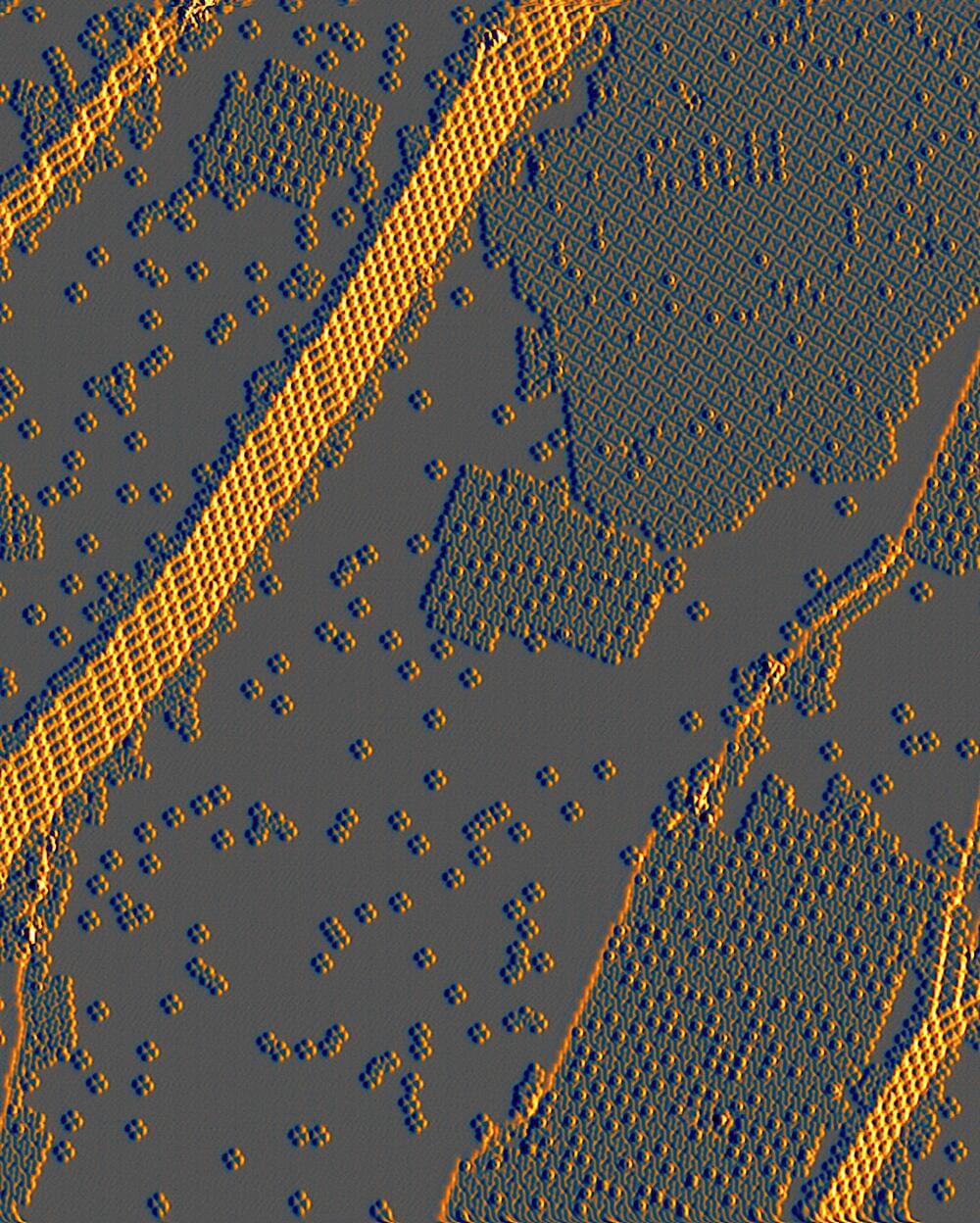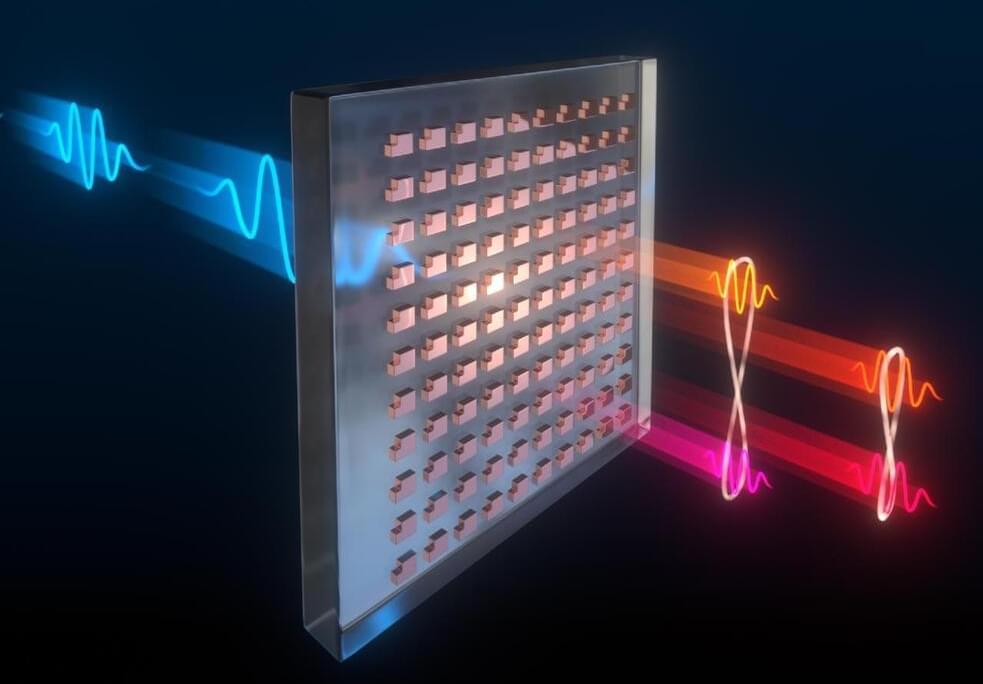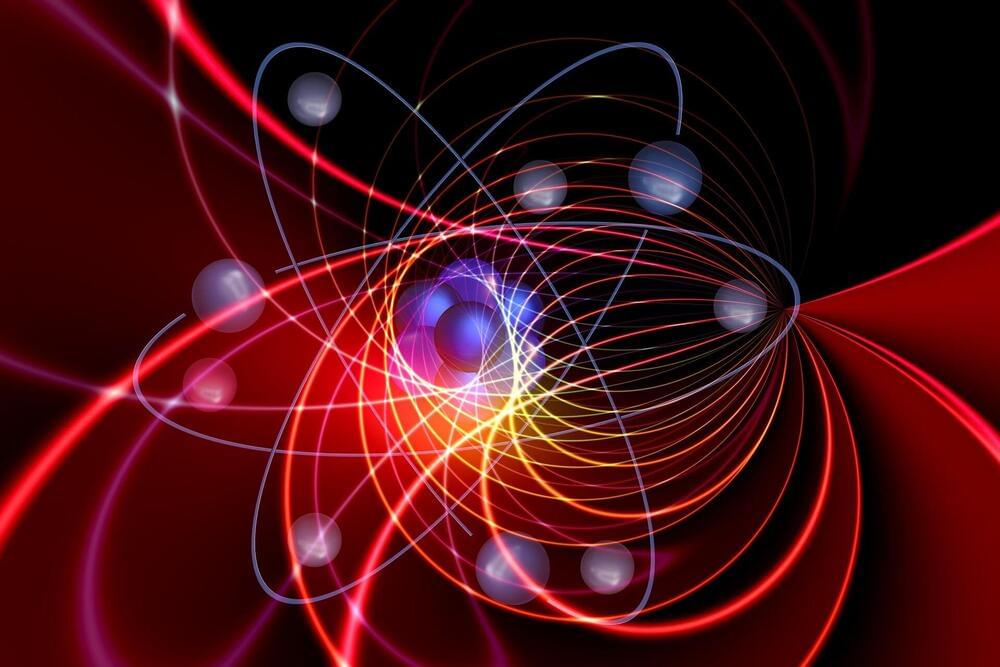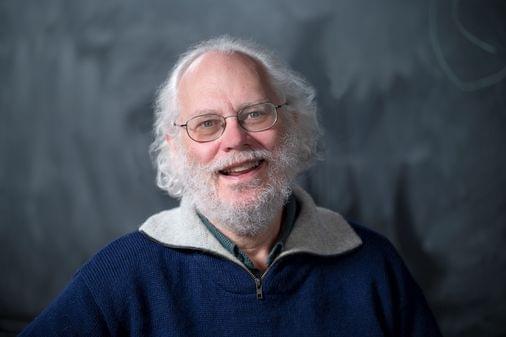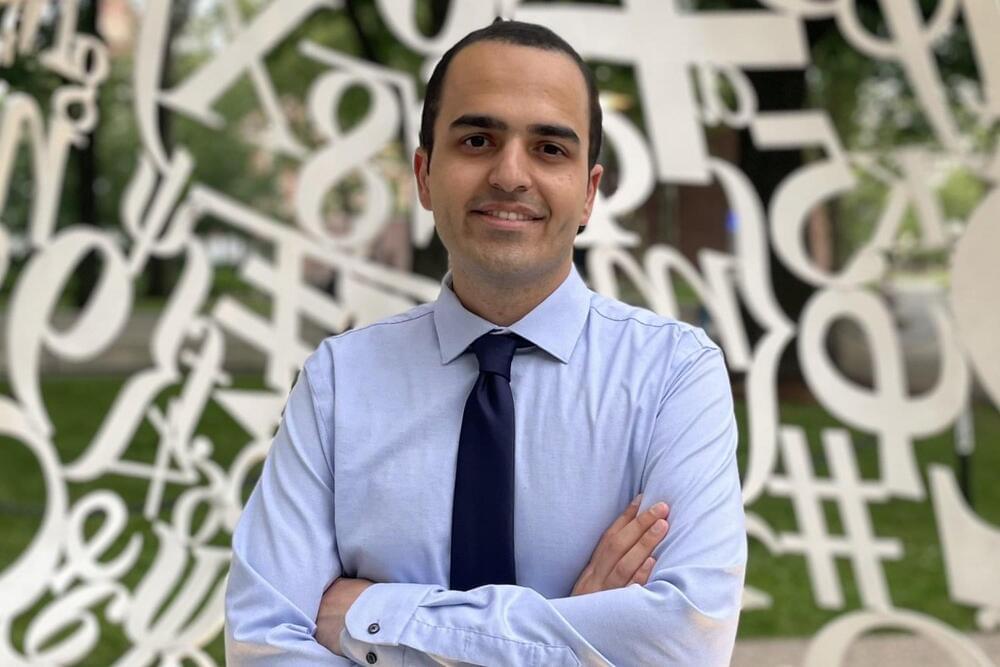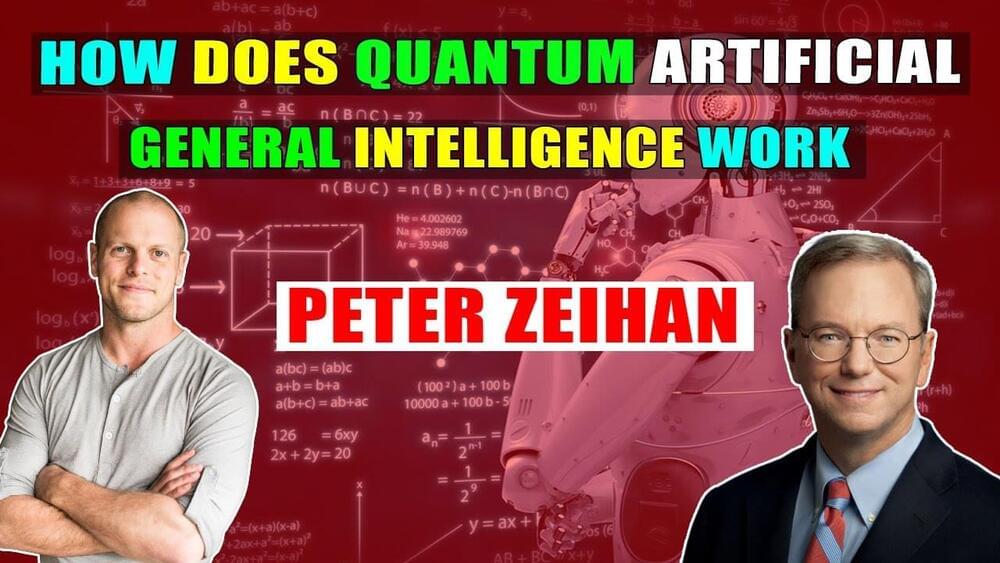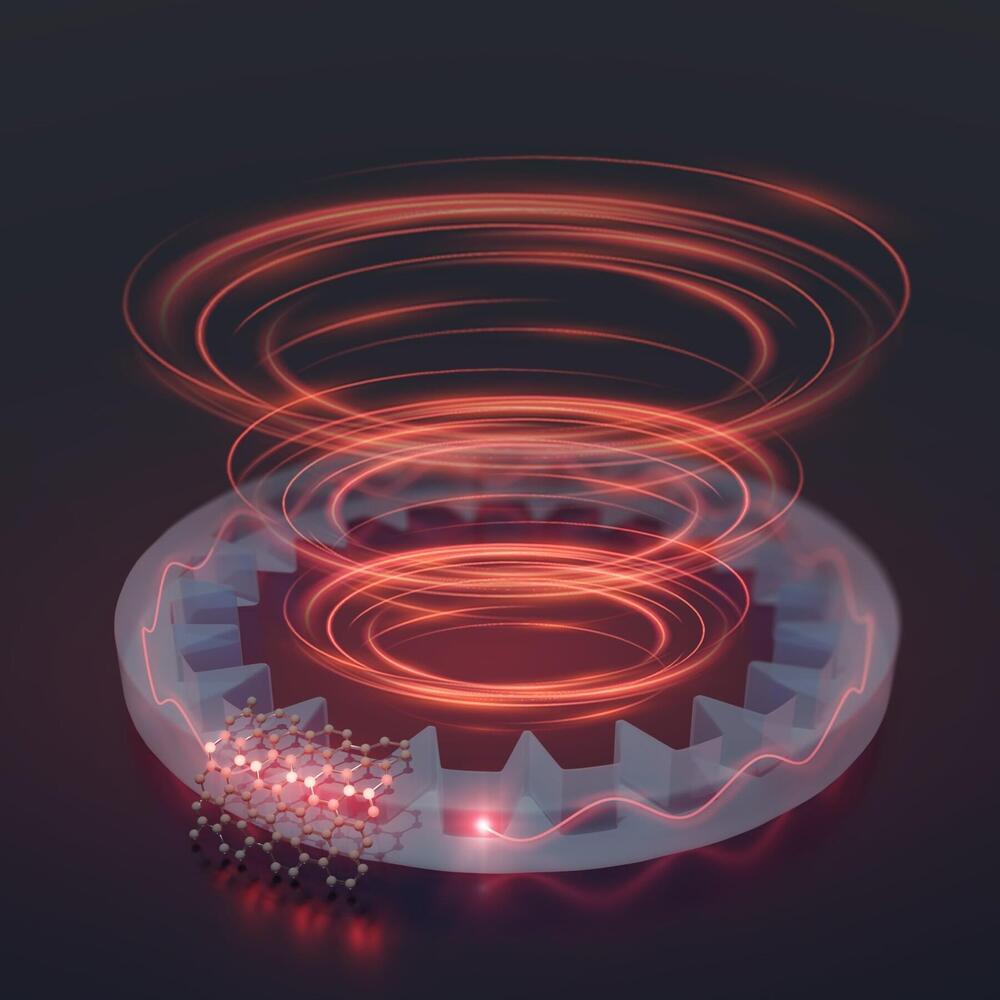Sep 24, 2022
Physicists make molecular vibrations more detectable
Posted by Dan Breeden in categories: chemistry, particle physics, quantum physics
In molecules, the atoms vibrate with characteristic patterns and frequencies. Vibrations are therefore an important tool for studying molecules and molecular processes such as chemical reactions. Although scanning tunneling microscopes can be used to image individual molecules, their vibrations have so far been difficult to detect.
Physicists at Kiel University (Christian-Albrechts-Universität zu Kiel, CAU) have now invented a method with which the vibration signals can be amplified by up to a factor of 50. Furthermore, they increased the frequency resolution considerably. The new method will improve the understanding of interactions in molecular systems and further simulation methods. The research team has now published the results in the journal Physical Review Letters.
Continue reading “Physicists make molecular vibrations more detectable” »
